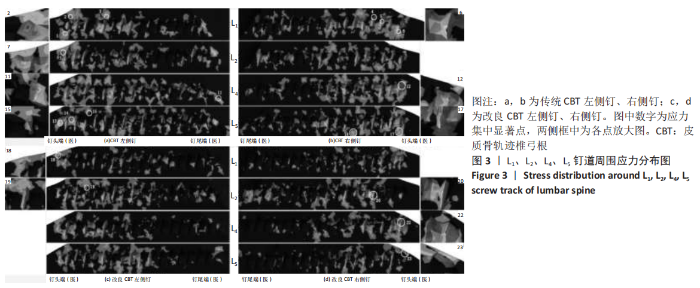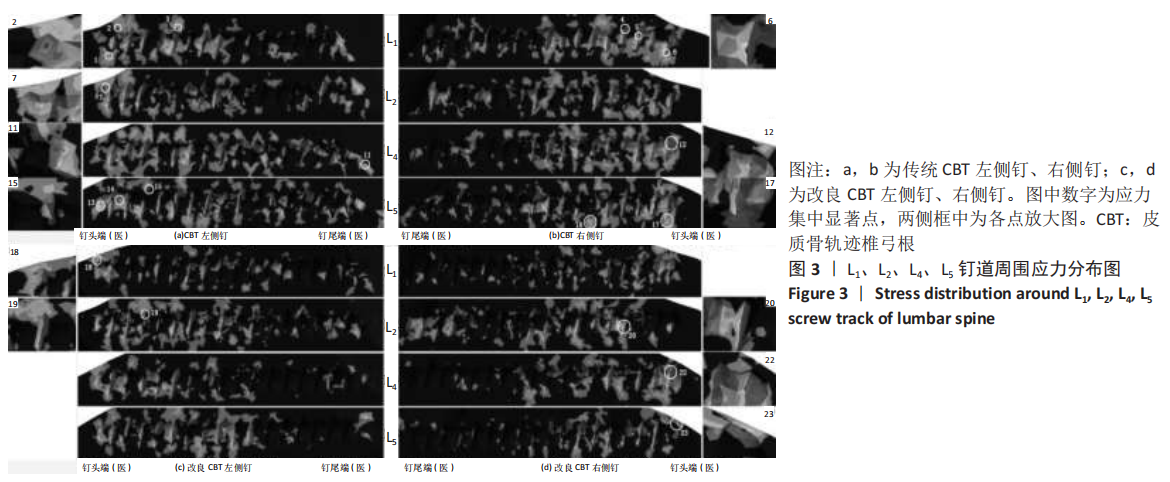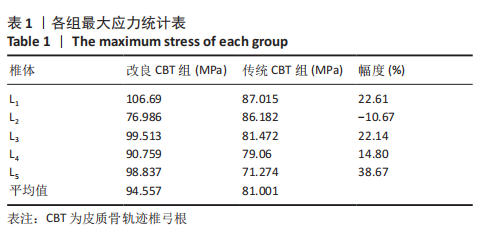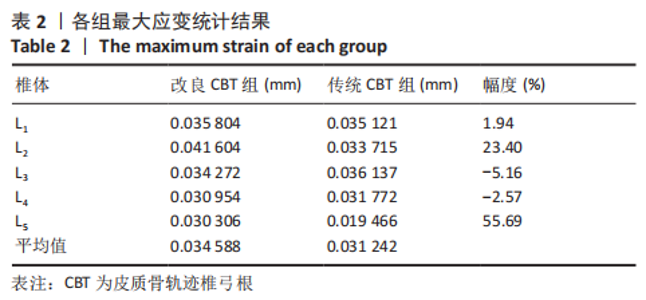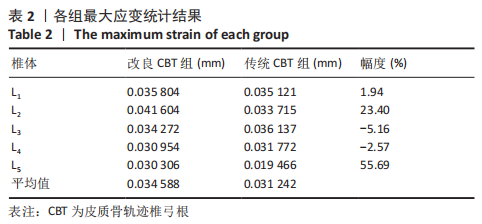[1] 中华医学会骨质疏松和骨矿盐疾病分会.原发性骨质疏松症诊治指南(2011年)[J].中华骨质疏松和骨矿盐疾病杂志,2011,4(1):2-17.
[2] SANTONI BG, HYNES RA, MCGILVRAY KC, et al. Cortical bone trajectory for lumbar pedicle screws. Spine J. 2009;5:366-373.
[3] ANDERSON GF, HUSSEY PS. Population aging: a comparison among industrialized countries. Health Aff (Millwood). 2000;19:191-203.
[4] 吴晓宇,王哲,甘浩然,等. 皮质骨轨迹螺钉技术应用于骨质疏松患者腰椎固定的有限元分析[J].中国矫形外科杂志,2018,26(12): 1126-1131.
[5] WU X, ZHANG B, ZHANG CL, et al. Efficacy and safety of minimal pedicle screw fixation for thoracolumbar fractures: a meta-analysis. Eur Rev Med Pharmacol Sci. 2018;22(1 Suppl):45-52.
[6] MO GY, GUO HZ, GUO DQ, et al. Augmented pedicle trajectory applied on the osteoporotic spine with lumbar degenerative disease: mid-term outcome. Orthop Surg Res. 2019;14(1):168-170.
[7] HOLLENSTEINER M, SANDRIESSER S, BLIVEN E, et al. Biomechanics of Osteoporotic Fracture Fixation. Curr Osteoporos Rep. 2019;17(6): 363-374.
[8] DAVNE SH, MYERS DL. Complications of lumbar spinal fusion with transpedicular instrumentation. Spine (Phila Pa 1976). 1992;17 (6 Suppl):S184-S189.
[9] ESSES SI, SACHS BL, DREYZIN V. Complications associated with the technique of pedicle screw fixation. a selected survey of ABS members. Spine (Phila Pa 1976). 1993;18:2231-2239.
[10] TOBERT DG, ANTOCI V, PATEL SP, et al. Adjacent Segment Disease in the Cervical and Lumbar Spine. Clin Spine Surg. 2017;30(3):94-101.
[11] REXITI P, AIERKEN G, WANG SQ, et al. Anatomical research on strength of screw track fixation in novel cortical bone trajectory for osteoporosis lumbar spine. Am Transl Res. 2019;11(11):6850-6859.
[12] ONESTI ST. Failed back syndrome. Neurologist. 2004;10(5):259-264.
[13] ZDEBLICK TA. A prospectiverandomized study of lumbar fusion: preliminary results. Spine (Phila Pa 1976). 1993;18(18):983-991.
[14] REXITI P, ABUDUREXITI T, ABUDUWALI N, et al. Measrement of lumbar isthmus parameters for novel starting points for cortical trajectory screws using computed radiography. Am Transl Res. 2018;10(8): 2413-2423.
[15] REXITI P, AIERKEN A, SADEER A, et al. Anatomy and Imaging Studies on Cortical Bone Screw Freehand Placement Applying Anatomical Targeting Technology. Orthop Surg. 2020;7(11):1-9.
[16] 姚羽,薛华伟,赵剑,等.腰椎皮质骨通道螺钉固定系统的生物力学实验[J].中国组织工程研究,2017,21(3):362-366.
[17] REXITI P, ABULIZI Y, MUHEREMU A, et al. Anatomical and radiologiccharacteristics of isthmusparameters in guidingpedicle screw placement. J Int Med Res. 2018;46(6):2386-2397.
[18] 王爽,纪楠,王帅,等.模拟下腰椎手术螺钉角度测量与常规测量方法对比[J].中国矫形外科杂志,2014,22(6):558-560.
[19] MATSUKAWA K, EIKO T, YATO Y, et al. Evaluation of the fixation strength of pedicle screws using cortical bone trajectory. Spine J. 2015;8:873-878.
[20] 陆向东,赵轶波,王少伟,等.腰椎单侧与双侧内固定后的生物力学特征比较[J].中国组织工程研究,2020,24(12):1886-1890.
[21] SANSUR CA, CAFFES NM, IBRAHIMI DM, et al. Biomechanical fixation properties of cortical versus transpedicular screws in the osteoporotic lumbar spine: an in vitro human cadaveric model. J Neurosurg Spine. 2016;25(4):467-476.
[22] GONCHAR I, KOTANI Y, MATSUMOTO Y. Cortical bone trajectory versus percutaneous pediclescrew in minimally invasive posterior lumbar fusion. Spine. 2014;14:S114-S115.
[23] 金海明,徐道亮,潘翔翔,等.椎弓根皮质骨螺钉固定与传统椎弓根螺钉固定钉道周围骨质CT值比较[J]. 中国脊柱脊髓杂志,2016, 26(12):1115-1120.
[24] 赵鹏飞,陈玲,门玉涛,等.有限元分析肌肉力对腰椎内固定系统的影响[J].中国组织工程研究,2018,22(23):3654-3658. |


